Filter by
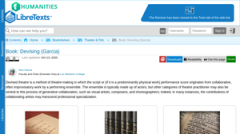
Devising
Devised theatre is a method of theatre-making in which the script or (if it is a predominantly physical work) performance score originates from collaborative, often improvisatory work by a performing ensemble. The ensemble is typically made up of actors, but other categories of theatre practitioner may also be central to this process of generative collaboration, such as visual artists, composer…
- Edition
- -
- ISBN/ISSN
- -
- Collation
- -
- Series Title
- -
- Call Number
- 700 GAR d
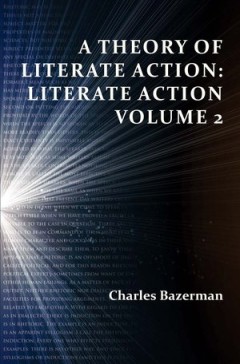
A Theory of Literate Action : Literate Action Volume 2
The second in a two-volume set, A Theory of Literate Action draws on work from the social sciences—and in particular sociocultural psychology, phenomenological sociology and the pragmatic tradition of social science—to "reconceive rhetoric fundamentally around the problems of written communication rather than around rhetoric's founding concerns of high stakes, agonistic, oral public persua…
- Edition
- -
- ISBN/ISSN
- 9781602354807
- Collation
- -
- Series Title
- -
- Call Number
- 370 BAZ t
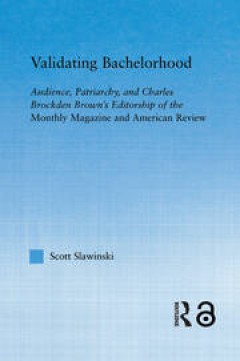
Validating Bachelorhood
ABSTRACT This book explores images of single and married men in C.B. Brown's Monthly Magazine and concludes that Brown used his periodical as a vehicle for validating bachelorhood as a viable alternative form of masculinity.
- Edition
- -
- ISBN/ISSN
- 9780203958360
- Collation
- -
- Series Title
- -
- Call Number
- -
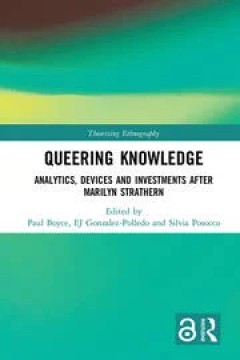
Queering Knowledge
ABSTRACT This volume draws on the significance of the work of Marilyn Strathern in respect of its potential to queer anthropological analysis and to foster the reimagining of the object of anthropology. The authors examine the ways in which Strathern’s varied analytics facilitate the construction of alternative forms of anthropological thinking, and greater understanding of how knowledge …
- Edition
- -
- ISBN/ISSN
- 9781315316482
- Collation
- -
- Series Title
- -
- Call Number
- -

News Framing Effects
ABSTRACT News Framing Effects is a guide to framing effects theory, one of the most prominent theories in media and communication science. Rooted in both psychology and sociology, framing effects theory describes the ability of news media to influence people’s attitudes and behaviors by subtle changes to how they report on an issue. The book gives expert commentary on this complex theoretica…
- Edition
- -
- ISBN/ISSN
- 9781315208077
- Collation
- -
- Series Title
- -
- Call Number
- -

European Socialist Regimes' Fateful Engagement with the West
This edited volume analyses European socialist countries’ strategy of engagement with the West and the European Economic Community in the long 1970s. The book focuses on a time when the socialist regimes of Central and Eastern Europe banked their hopes for prosperity and stability on enhanced relations with the West. Crossing the traditional differences among diverse fields of historiograp…
- Edition
- -
- ISBN/ISSN
- 9780429340703
- Collation
- -
- Series Title
- -
- Call Number
- 306
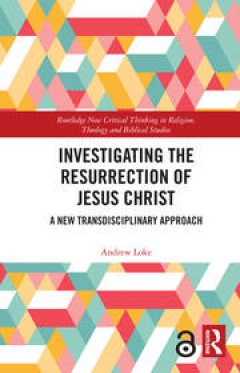
Investigating the Resurrection of Jesus Christ
This book provides an original and comprehensive assessment of the hypotheses concerning the origin of resurrection Christology. It fills a gap in the literature by addressing these issues using a transdisciplinary approach involving historical-critical study of the New Testament, theology, analytic philosophy, psychology and comparative religion. Using a novel analytic framework, this book …
- Edition
- -
- ISBN/ISSN
- 9781003037255
- Collation
- -
- Series Title
- -
- Call Number
- 306
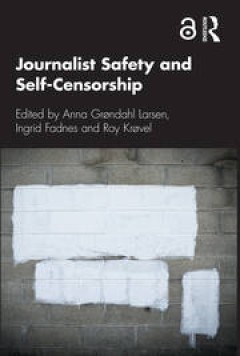
Journalist Safety and Self-Censorship
This book explores the relationship between the safety of journalists and self-censorship practices around the world, including local case studies and regional and international perspectives. Bringing together scholars and practitioners from around the globe, Journalist Safety and Self-Censorship provides new and updated insights into patterns of self-censorship and free speech, focusing on …
- Edition
- -
- ISBN/ISSN
- 9780367810139
- Collation
- -
- Series Title
- -
- Call Number
- 306

The Assassination of Jacques Lemaigre Dubreuil
This is a political biography of the French industrialist and political activist Jacques Lemaigre Dubreuil (1894-1955), president of the Taxpayers' Federation in the 1930s, entrepreneur in wartime France and Africa, organizer of the 'Group of Five' in Algiers which prepared for the Allied landings in North Africa (November 1942), 'inventor' of General Henri Giraud as a candidate for the leaders…
- Edition
- -
- ISBN/ISSN
- 9780203004968
- Collation
- -
- Series Title
- -
- Call Number
- 306
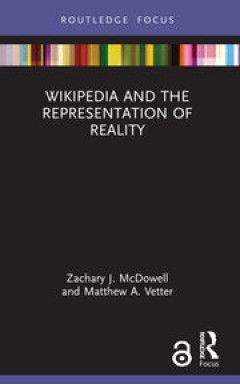
Wikipedia and the Representation of Reality
ABSTRACT A contemporary examination of what information is represented, how that information is presented, and who gets to participate (and serve as gatekeeper) in the world's largest online repository for information, Wikipedia. Bridging contemporary education research that addresses the 'experiential epistemology' of learning to use Wikipedia with an understanding of how the inception and…
- Edition
- -
- ISBN/ISSN
- 9781003094081
- Collation
- -
- Series Title
- -
- Call Number
- -
 Computer Science, Information & General Works
Computer Science, Information & General Works  Philosophy & Psychology
Philosophy & Psychology  Religion
Religion  Social Sciences
Social Sciences  Language
Language  Pure Science
Pure Science  Applied Sciences
Applied Sciences  Art & Recreation
Art & Recreation  Literature
Literature  History & Geography
History & Geography